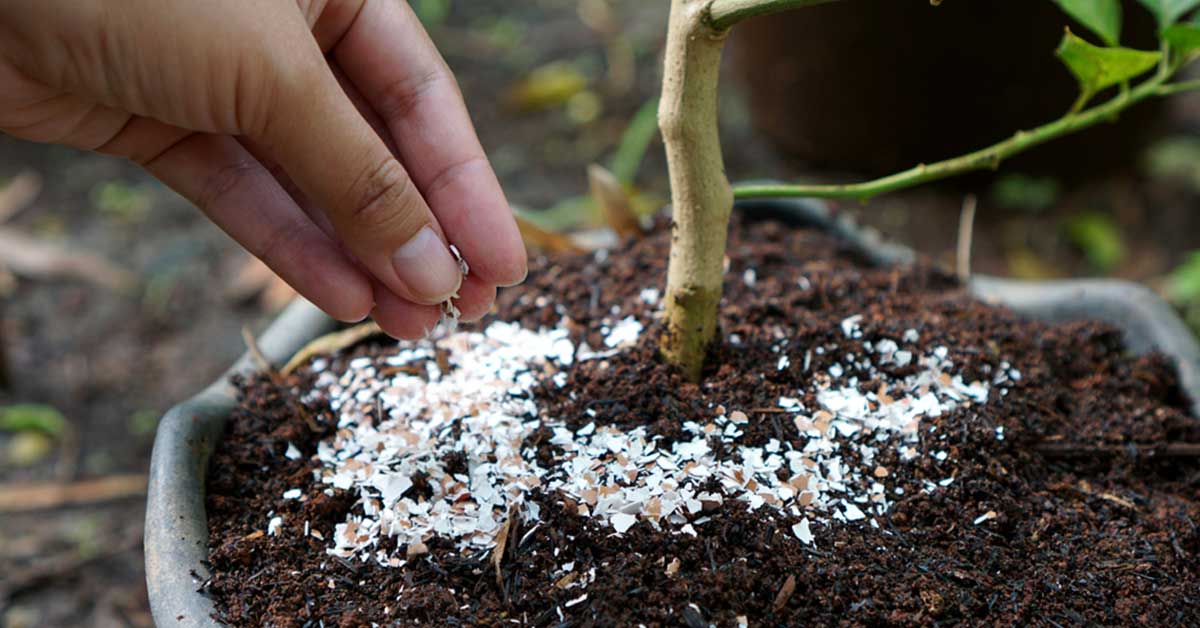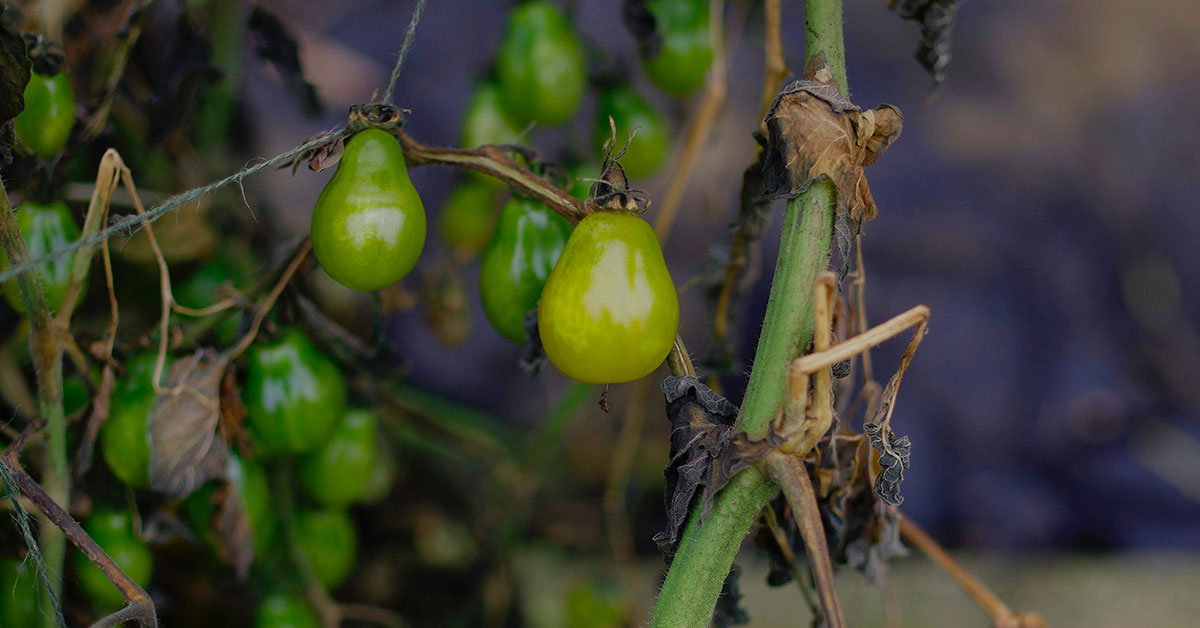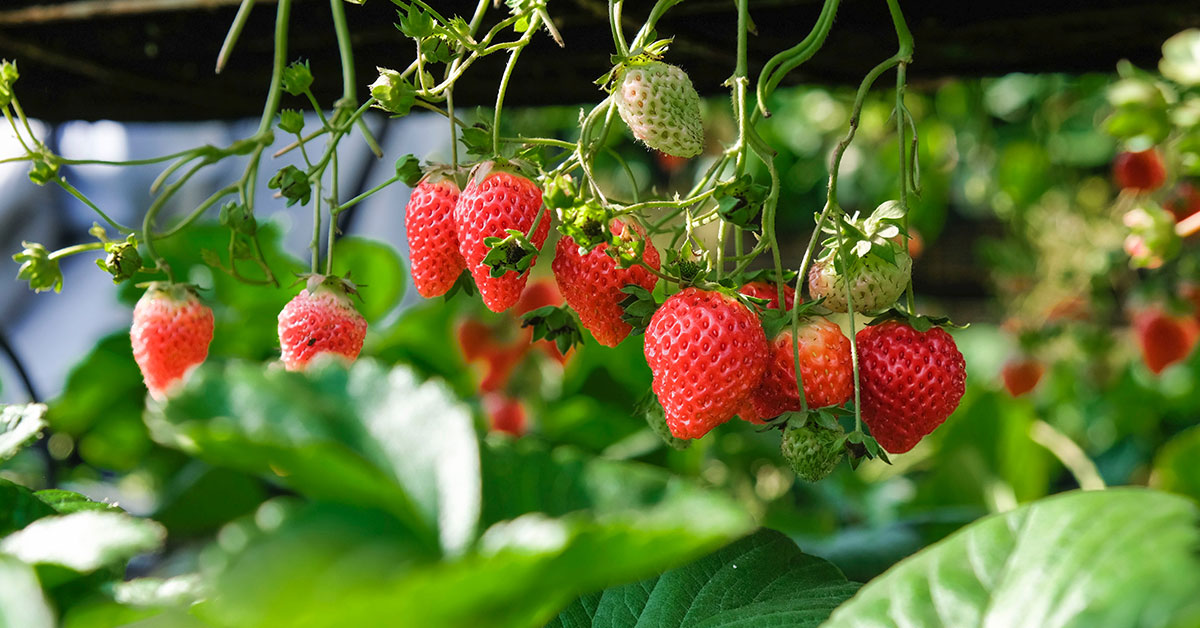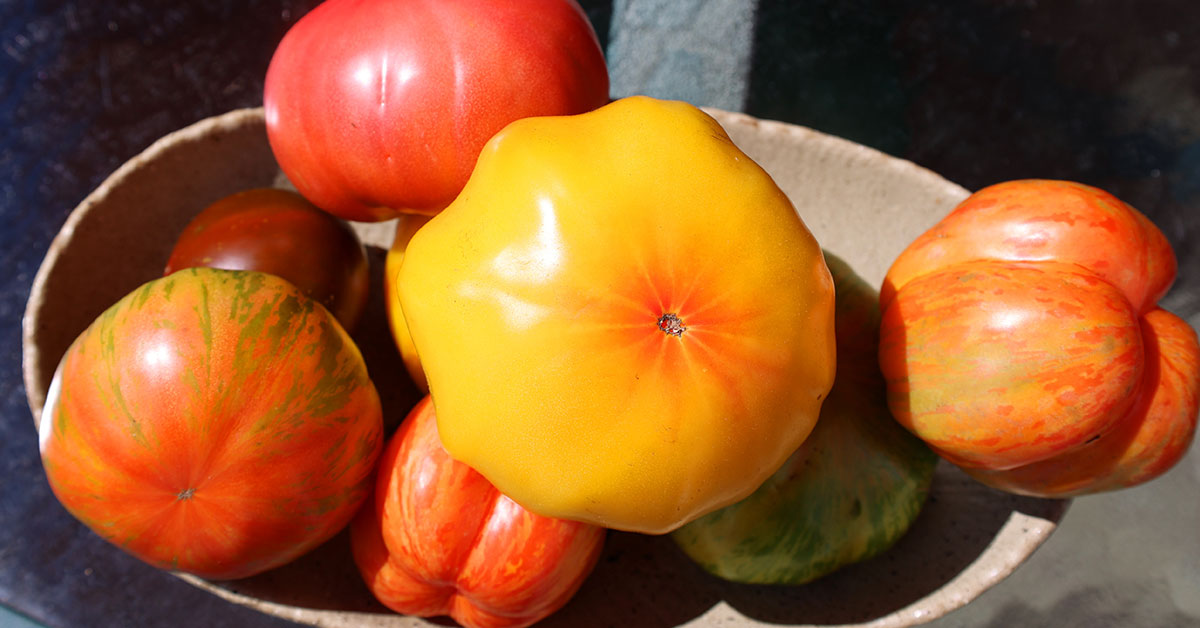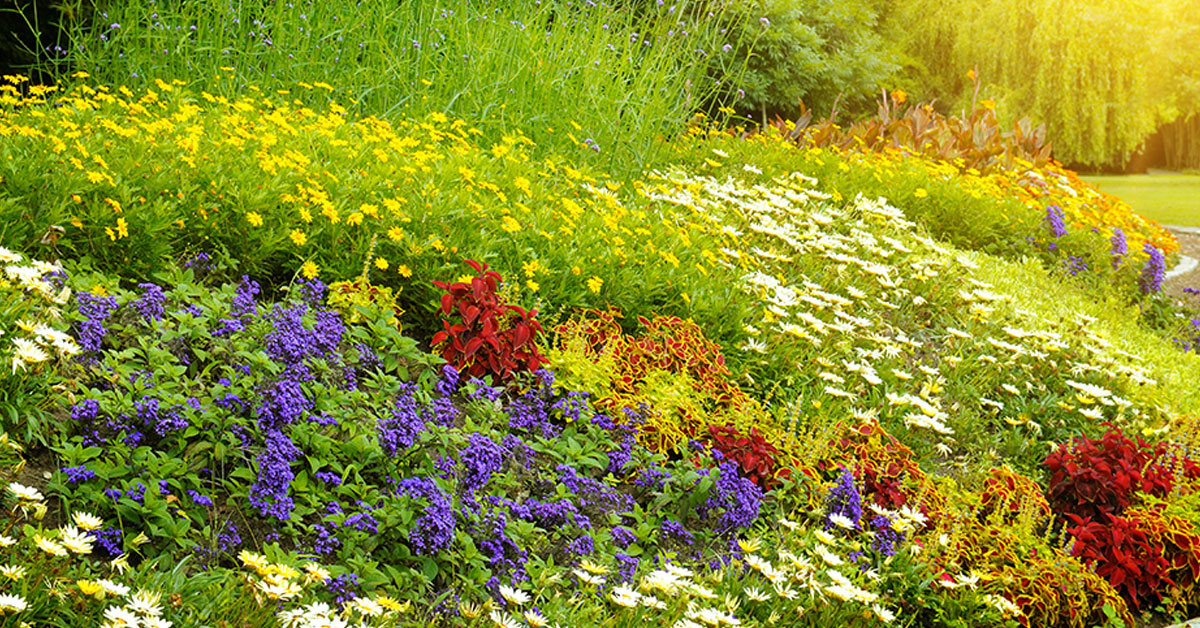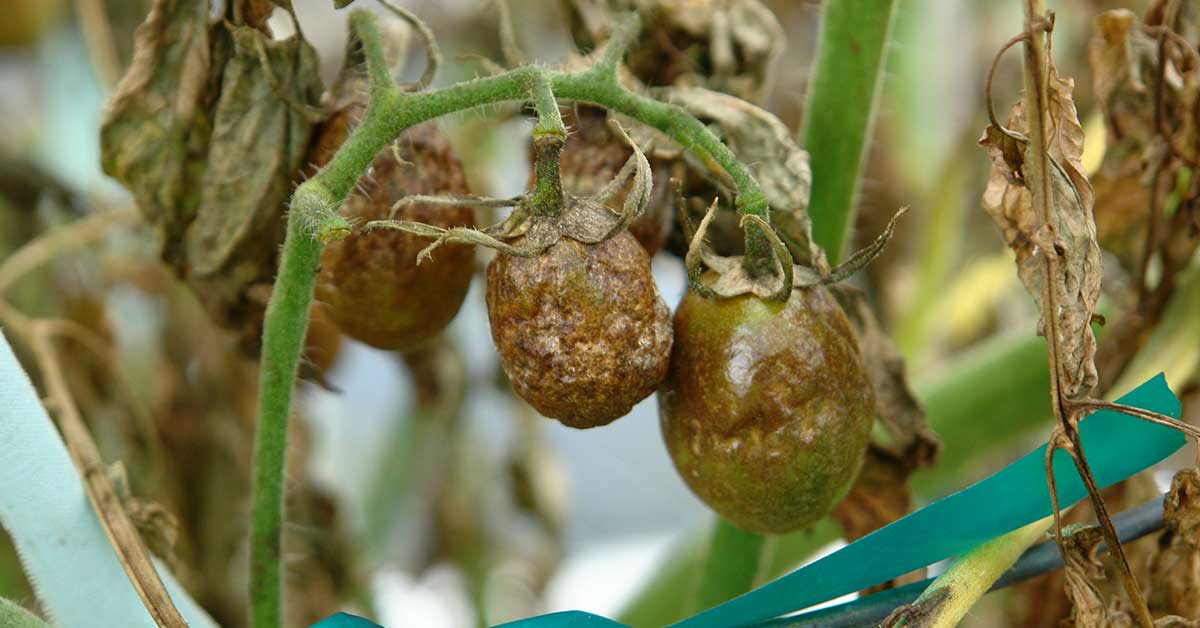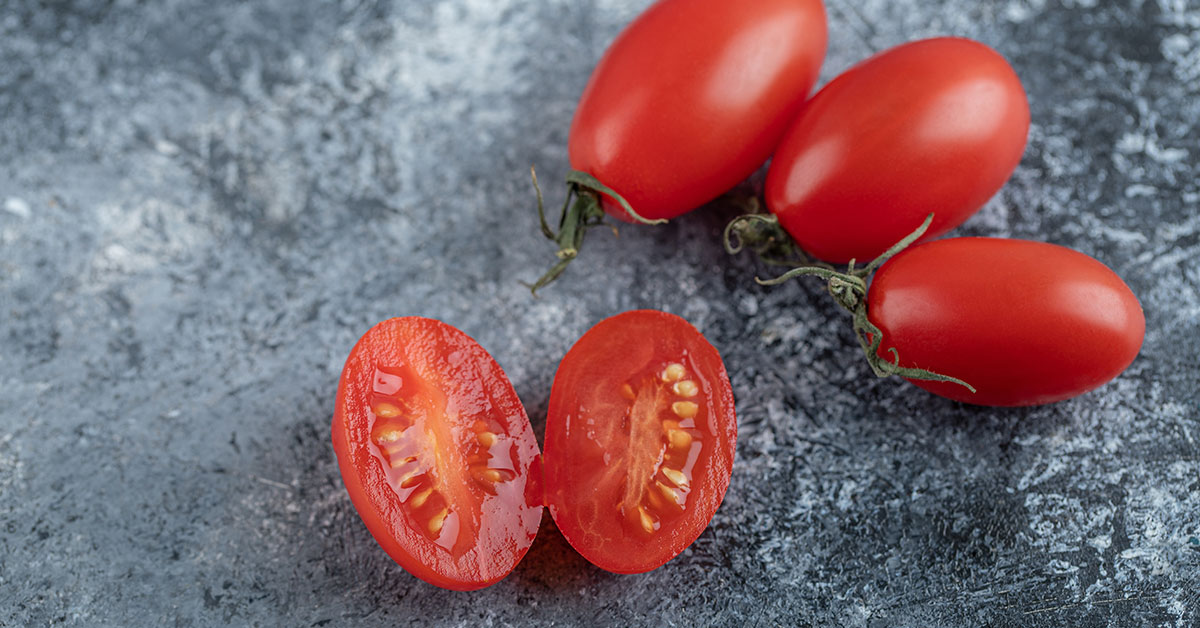Vertical gardening is a fantastic way to maximize your gardening space, especially if you’re working with a small area. By growing plants upwards rather than outwards, you can cultivate a variety of vegetables even in the tiniest spaces! Vertical gardens are not only practical but also add a beautiful, green aesthetic to your environment, transforming plain walls into lush, productive spaces.
People choose vertical gardens for several reasons. They are perfect for urban environments where ground space is limited, allowing city dwellers to enjoy homegrown produce. Vertical gardening also helps improve air circulation around the plants, reducing the risk of diseases and pests. Plus, harvesting from a vertical garden is easier on the back since you don’t have to bend over as much.
In this article, I’m excited to share eight vegetables that thrive in vertical gardens. These plants are not only well-suited for growing upwards but also provide bountiful harvests. Let’s explore these wonderful vegetables and how you can successfully grow them in your vertical garden!
Cucumbers
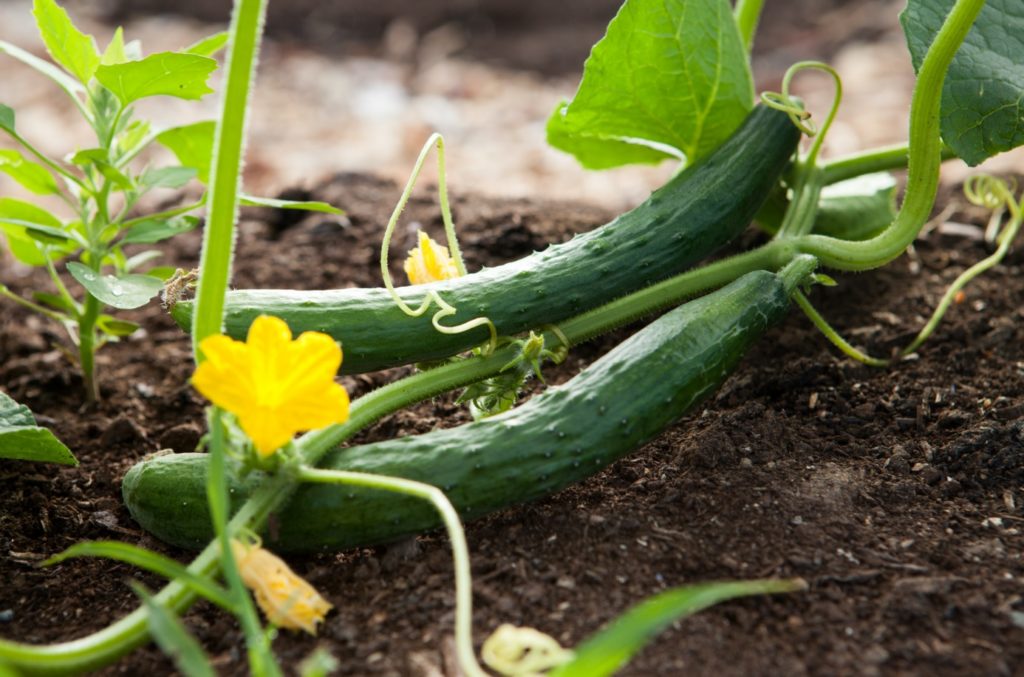
Cucumbers are one of my favorite vegetables for vertical gardens! They grow vigorously and produce an abundant harvest when given proper support. Cucumbers thrive in well-drained soil with plenty of sunlight. Training them to climb a trellis or vertical frame helps save space and keeps the fruits clean and straight.
Growing cucumbers vertically improves air circulation, reducing the risk of fungal diseases. Plus, it makes harvesting easier and more efficient. Whether you prefer slicing cucumbers for salads or smaller varieties for pickling, vertical gardening can help you grow plenty of cucumbers in a small area. Enjoy fresh, homegrown cucumbers all summer long!
Tomatoes
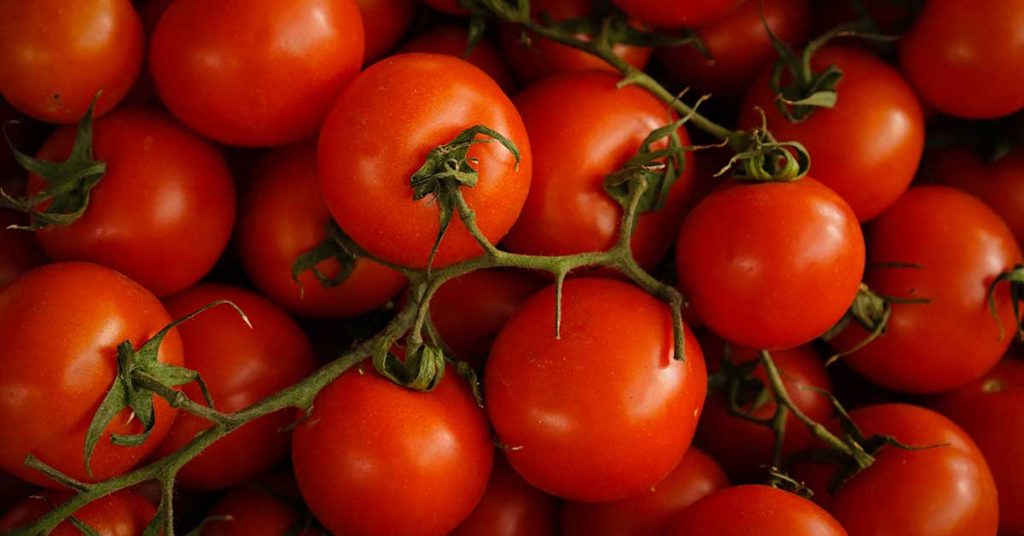
Tomatoes are another excellent choice for vertical gardens. These versatile plants thrive when trained to grow upwards on trellises, cages, or stakes. Vertical gardening keeps the plants off the ground, improving air circulation and reducing the risk of soil-borne diseases. Tomatoes need rich, well-drained soil and full sun to produce their best.
Growing tomatoes vertically also makes it easier to prune and manage the plants, encouraging better fruit production. Indeterminate tomato varieties, which continue to grow and produce fruit throughout the season, are particularly well-suited for vertical gardening. With proper support and care, you’ll enjoy a plentiful harvest of delicious, juicy tomatoes!
Peas
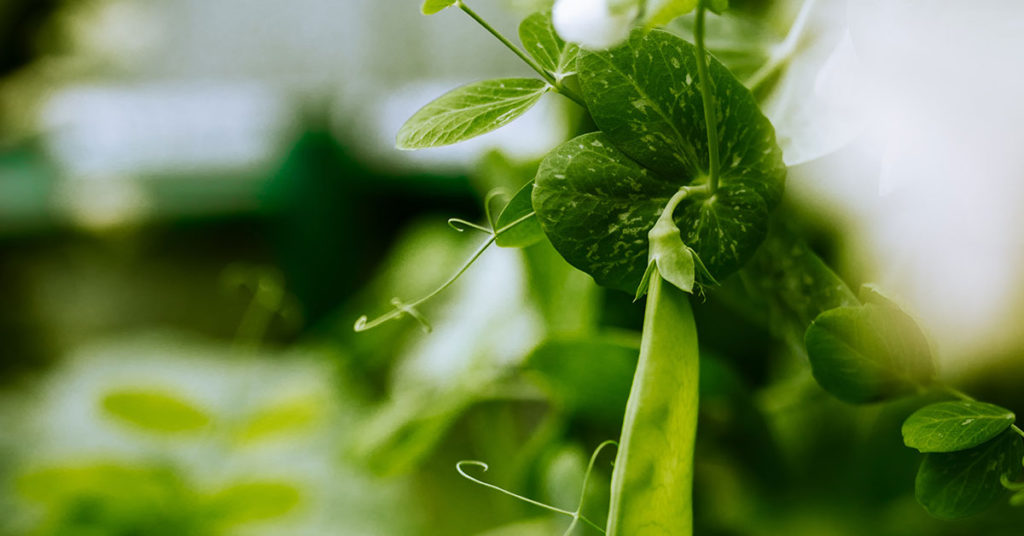
Peas are perfect for vertical gardens, thanks to their natural climbing habit. These cool-season vegetables thrive when grown on trellises or netting. Peas prefer well-drained soil and full sun to partial shade. They are relatively easy to grow and can be planted in early spring or fall for a bountiful harvest.
Growing peas vertically maximizes space and makes harvesting easier. The vines attach themselves to the support structure, keeping the pods off the ground and reducing the risk of rot. Plus, the vertical growth helps increase air circulation, promoting healthier plants. Freshly picked peas are a delightful addition to any meal!
Beans
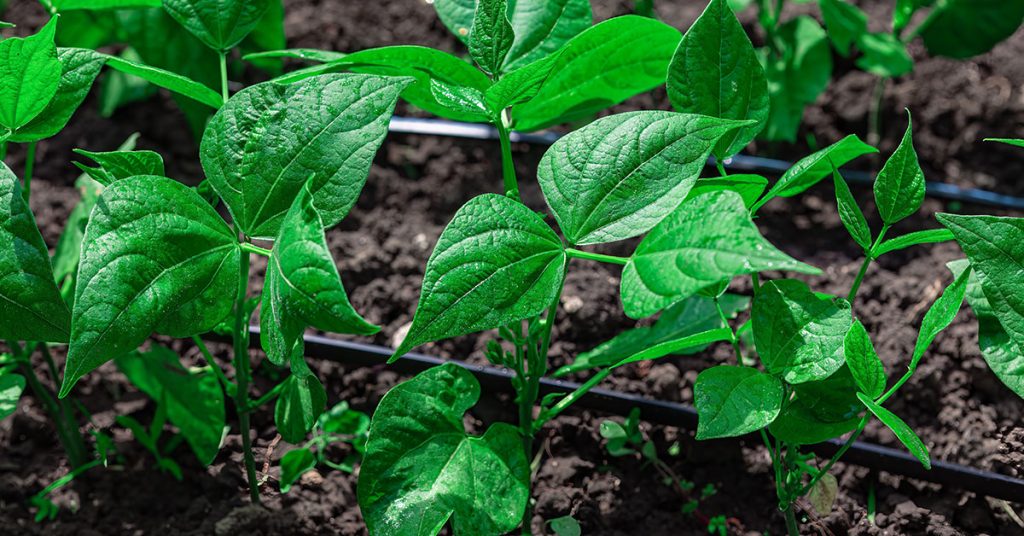
Beans, particularly pole beans, are ideal for vertical gardens. These vigorous climbers thrive when provided with a trellis, teepee, or other vertical support. Beans prefer well-drained soil and full sun. They are easy to grow and can produce a generous harvest throughout the growing season.
Growing beans vertically saves space and makes harvesting a breeze. The plants grow upward, creating a beautiful green wall of foliage and colorful beans. Vertical gardening also helps improve air circulation, reducing the risk of diseases. Whether you prefer green beans, wax beans, or colorful heirloom varieties, vertical gardening can help you grow an abundant crop!
Zucchini
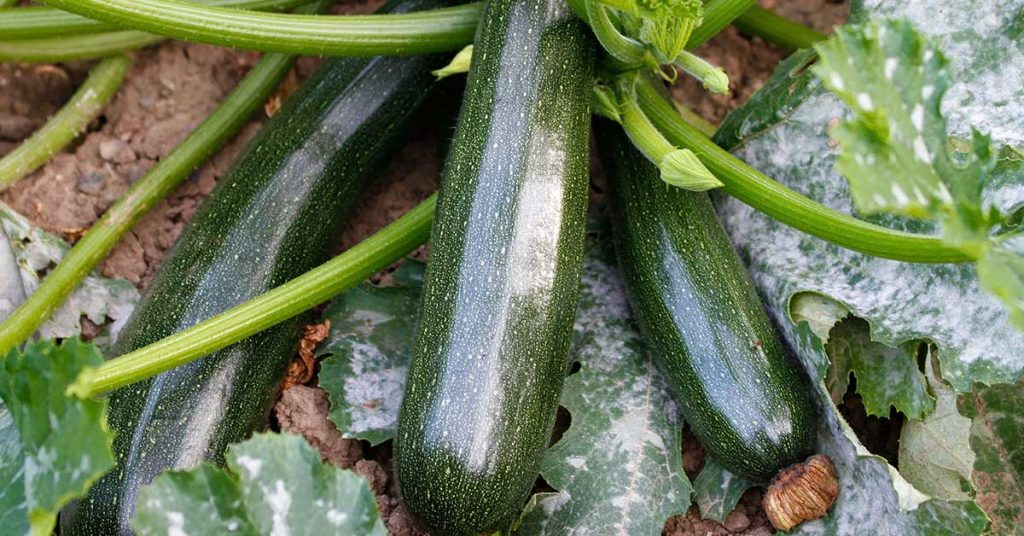
Zucchini, typically known for sprawling growth, can actually be trained to grow vertically. Using a sturdy trellis or cage, you can guide zucchini plants upward, saving valuable garden space. Zucchini prefers well-drained soil and full sun to thrive. With regular watering and support, you can enjoy a bountiful harvest of this versatile vegetable.
Growing zucchini vertically improves air circulation around the plants, reducing the risk of powdery mildew and other fungal diseases. It also makes it easier to spot and harvest the fruits, preventing them from becoming oversized. Vertical gardening transforms zucchini into a manageable and productive plant for small gardens!
Peppers
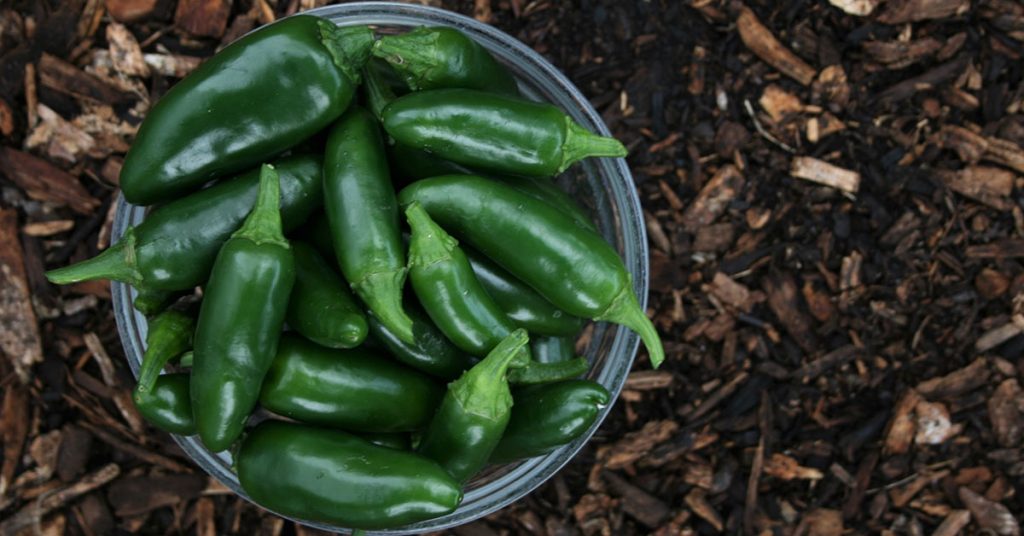
Peppers are a fantastic choice for vertical gardens due to their upright growth habit. Both sweet and hot pepper varieties can benefit from vertical support such as stakes or small cages. Peppers prefer well-drained soil and full sun to produce their best. Supporting the plants helps prevent branches from breaking under the weight of the fruit.
Growing peppers vertically keeps the plants tidy and makes harvesting easier. It also improves air circulation, reducing the risk of diseases. With proper care, you can enjoy a vibrant and productive pepper garden, adding color and flavor to your dishes throughout the growing season!
Spinach
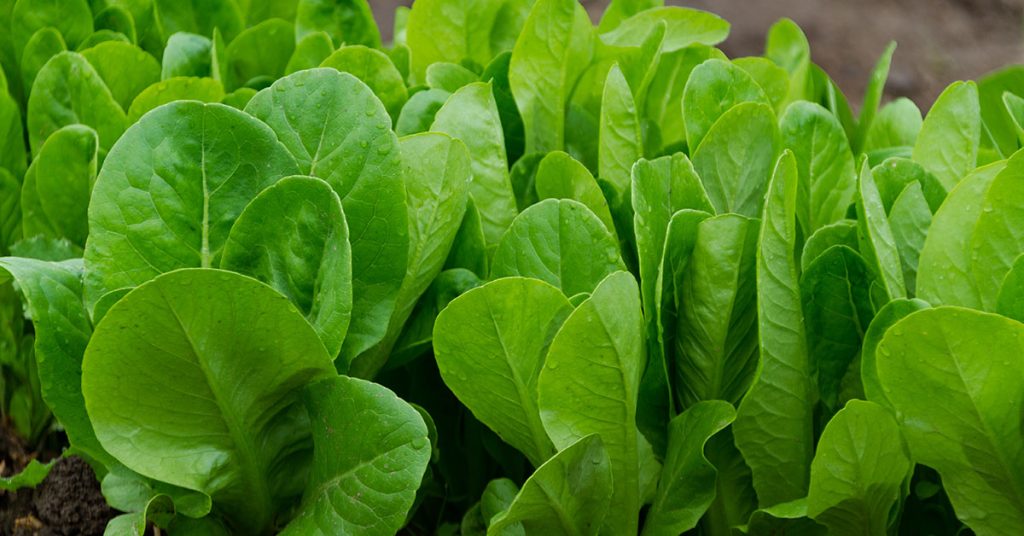
Spinach, a nutrient-dense leafy green, can be grown vertically using vertical planters, towers, or hanging baskets. Spinach prefers well-drained soil and partial to full sun. It grows quickly and can be harvested multiple times throughout the season.
Growing spinach vertically maximizes space and makes harvesting the tender leaves easier. Vertical planters allow for efficient use of space, providing a steady supply of fresh spinach. The upright growth also helps keep the leaves clean and reduces the risk of pests. Enjoy fresh, homegrown spinach in salads, smoothies, and more!
Lettuce
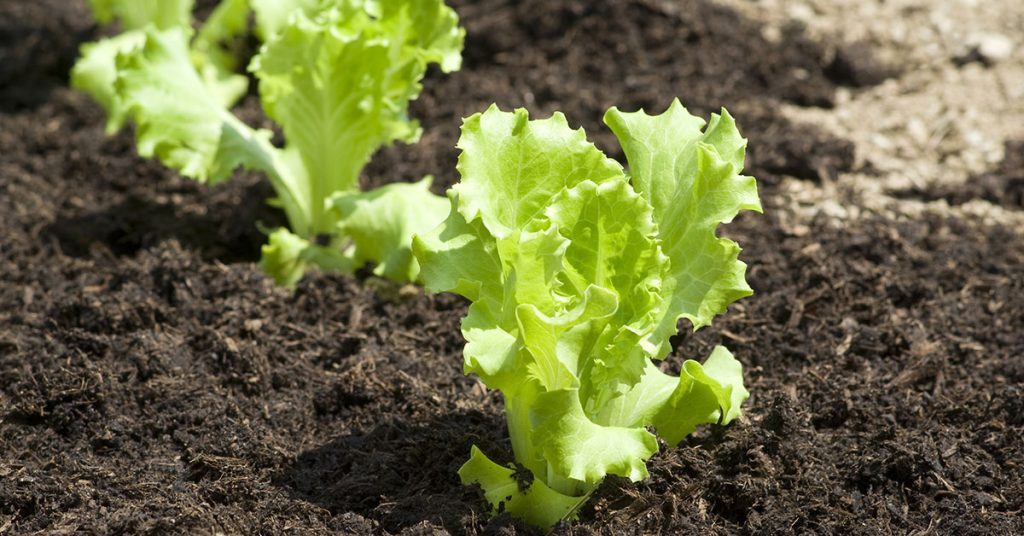
Lettuce is another leafy green that thrives in vertical gardens. Using vertical planters, towers, or hanging baskets, you can grow a variety of lettuce types. Lettuce prefers well-drained soil and partial to full sun. It grows quickly and can be harvested as baby greens or mature heads.
Growing lettuce vertically saves space and makes harvesting easier. The upright growth helps keep the leaves clean and free from soil splashes. Vertical gardening also allows for successive plantings, ensuring a continuous supply of fresh lettuce. Enjoy crisp, homegrown lettuce in your salads and sandwiches!
Vertical gardening is a fantastic way to make the most of your gardening space while growing a variety of delicious and nutritious vegetables. By choosing plants that thrive in vertical setups, you can create a productive and beautiful garden, no matter how limited your space may be.




